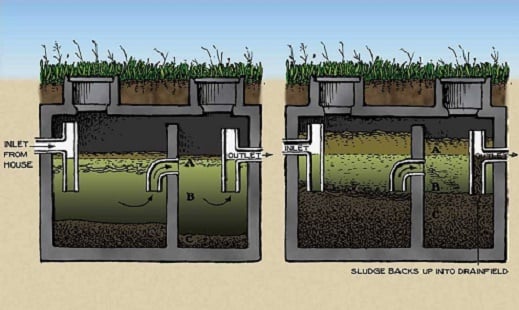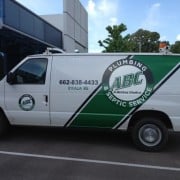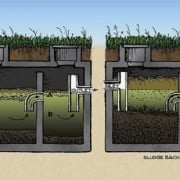What Are Wastewater Treatment Plants?
Water is a renewable resource but sometimes it needs to be treated in order for it to make it useable again. Treatment is the process of turning used or dirty water into something that is suitable for what it needs to be used for next or even returning it to its natural state. Turning wastewater into something that is reusable is a complicated process and can only be done properly in a facility like a wastewater treatment plants. This type of treatment takes out all of the solids, bacteria, plants, inorganic compounds, organic compounds and algae to turn it into environmentally acceptable water that can even be used as safe drinking water once it has passed through all of the different levels of filtration.
The Pre-treatment – Pre-treatment is the process that removes all of the easily removable large objects. The types of debris that are removed during pre treatment include fats, oils and greases, sand, gravel, rocks, rags and feminine hygiene products and any other larger solids that can easily be filtered out.
Primary Treatment – In the first stage of wastewater treatment processing, the sewage flows through the primary clarifiers which are large tanks. These tanks are large enough that the sludge can settle and all of the floating material like grease and oils rise to the surface where they can be skimmed off. They are equipped with mechanically driven scrapers that drive the collected sludge into a hopper.
Secondary Treatment – The secondary treatment is where the sewage that is from human waste, food waste, soaps and detergents is broken down and composted using an aerobic biological process which speeds up the process. After it is composted, it goes through a series of filters that clean out all of the other little things such as bacteria and algae. There are several different types of filters including a trickling filter and biological aerated filters. Trickling filters are where the settled sewage liquor is spread onto the surface of a deep bed made of carbonized coal, limestone chips or a specially fabricated plastic media that has high surface areas to support the biofilms that form. The liquid then gradually passes through the purifier medium to filter out all the biological films of bacteria, protozoa and fungi. The last steps of the filtration process are sand filtration, which further removes residual matter and activated carbon filtration that removes any toxins still in the liquid.
Nutrient Removal and Disinfection – Wastewater contains high levels of nutrients such as nitrogen and phosphorus which can be very harmful in large doses. Nitrogen is removed by oxidation which converts it to nitrate and then into nitrogen gas which is removed from the water by releasing it into the air. Phosphorus is removed through the use of chemicals such as salts of iron or aluminum.
The final step of the wastewater treatment plants is the water goes through is the disinfection stage where chlorine or ultraviolet light is used to disinfect the water and get it ready for human consumption. With this last step, the water is converted from contaminated liquid into useful and clean water.
Wastewater Treatment Plants











Leave a Reply
Want to join the discussion?Feel free to contribute!